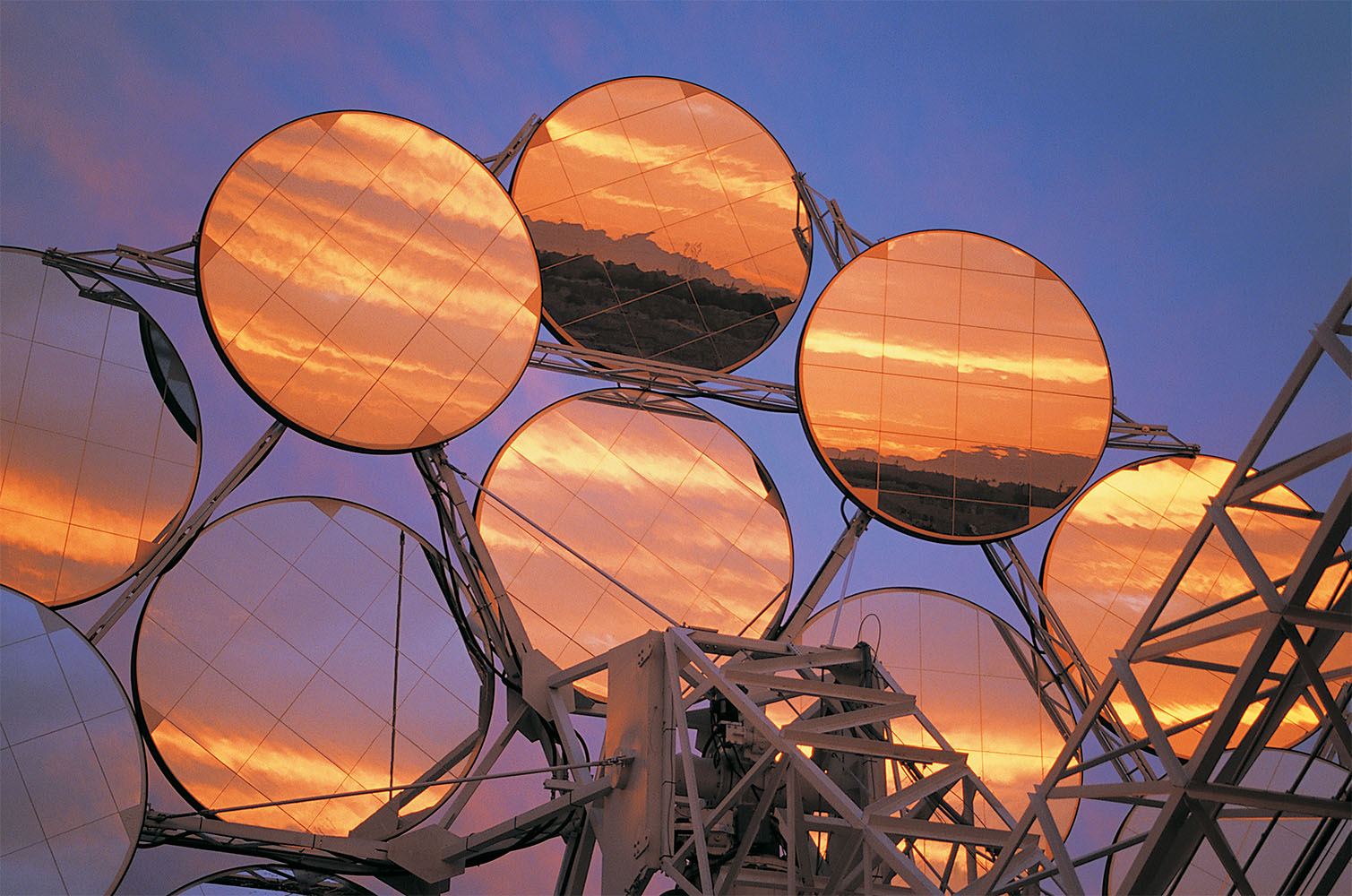Global patent disputes shadow the rise of solar energy
Published on 14th December 2021
Technological advances are transforming solar into an increasingly viable renewable option, but the progress has come with a growth of international patent litigation

The recent conclusion of COP26 in Glasgow has firmly placed the spotlight on climate change, underlining the urgent importance of decarbonisation measures in order to limit the amount of global warming in the near future. Although the scale of the challenge should not be underestimated, one consequence of the increased political focus on climate change has been significant investment in decarbonisation technologies.
Alongside and related to climate change concerns, the increasing cost of oil and gas has added to the pressure to seek alternative energy sources. Solar energy, alongside other renewable energy resources, will be a critical part of efforts to decarbonise economies as they have also become increasingly cost effective compared to "traditional" hydrocarbon energy sources. In many places, solar panels are by far the cheapest way to produce electricity. In 2020, 132 billion watts of new solar generating capacity were installed around the world, according to The Economist.
The basic technology behind solar energy is well known and its potential as a widespread source of renewable energy has been subject to much research and development. Solar panels are made of photovoltaic cells that generate electricity by absorbing sunlight and using that light energy to create an electrical current. Electrons within the photovoltaic cells absorb energy from photons emitted by the sun and become energised. The photovoltaic cells are sandwiched between layers of a semi-conducting material, such as doped silicon, causing a current to flow along a wire connected to the solar cell, from the n-type to the p-type semiconductor. The direct current of electricity is then passed through an inverter and converted to an alternating current. The resulting alternating current can then be used directly or fed into the National Grid.
Patent and trade mark trends
Although the basic technology is not new, doubts have been cast about the suitability of solar power as a reliable, mainstream energy source, especially in climates such as the UK that do not have consistent year-round sunshine. In the UK, historically, solar panels have needed to be large and numerous, or both, or used simply to supplement traditional power sources. This, in addition to the use of inflexible materials that are difficult to work with and the relatively high costs of production and installation, has limited the uptake of solar panels.
However in recent years technological advancements have enabled greater efficiency and flexibility and the use of solar panels to become much more common even in countries such as the UK. Companies involved in this increased uptake of solar power need to be aware of patents not just where they are ultimately used, but also where they manufacture and assemble panels and their components.
This is reflected in patenting trends. As highlighted in our recent article concerning wind power, the European Patent Office (EPO) and International Energy Authority (IEA) has released a joint report, "Patents and the Energy Transition", surveying global trends in low-carbon and clean-energy technology earlier this year. The report identified patenting trends across a variety of low-carbon energy (LCE) technologies, using an international patent family (IPF) metric to measure patenting activity. Solar power made up by far the largest volume of LCE technologies-related patents, with 46,500 IPFs filed between 2000 and 2019. The EPO-IEA report noted a number of important innovations, including those relating to manufacturing processes and organic PV cells (which were based on conductive organic polymers or molecules rather than silicon-based devices).
Moreover, there was a sustained increase between 2000 and 2012 followed by a decline, which was probably due to the technologies maturing and becoming more likely to be commercially exploited. The EU Intellectual Property Office (EU IPO) recently examined trends in "green" trade mark filings in its "Green EUTM Study", which was released in September 2021, and found that 9.7% of green filings concerned energy production and were dominated by terms relating to solar energy such as "photovoltaic", "solar collector" or "solar battery". As a general rule, EU and UK trade marks must be put to genuine use; that is, used as a badge of origin in the course of trade in relation to the goods and services for which they are registered and within five years of registration in order to avoid becoming vulnerable to revocation on the basis of non-use. As a result, the large number of terms concerning solar energy in trade mark filings supports the suggestion that these technologies are mature, and are already or on the cusp of being commercialised.
Global disputes
Given the relatively mature state of solar technology and the number of companies operating and seeking to operate in the sector, it is not surprising that there has been an increase in litigation in recent years concerning the patents underlying solar technologies.
One of the most significant disputes to date has been between SolarEdge and Huawei. In 2018, SolarEdge commenced infringement proceedings in Germany before the Mannheim Regional Court for infringing three of its European patents concerning inverter technology for photovoltaic systems and for use in solar panels. Huawei has since successfully brought a challenge to one of the underlying EP patents (EP 29 30 839 B1 concerning a multi-level inverter) before the European Patent Office, a decision which was upheld by the Board of Appeal in October this year.
National proceedings are still ongoing in Germany in relation to the two remaining patents alleged to be infringed. SolarEdge is also involved in a global patent dispute with competitor SMA Solar Technology, in which SolarEdge is defending infringement proceedings and challenging the validity of SMA Solar's patents that also relate to inverter technology.
Another separate, ongoing multi-jurisdictional dispute of note is between Hanwha Q-Cells and Longi Solar. In 2019, Hanwha Q-Cells launched infringement proceedings initially in the US and Germany against Longi and additional defendants REC and JinkoSolar. The patents relate to technology for the improvement of the efficiency of solar cells. The first instance decision concerning the German designation of EP 22 20 689 B1, before Regional Court of Dusseldorf, ruled in Hanwha Q-Cells' favour. Longi and REC are appealing this decision, but this has not prevented Hanwha Q-Cells from taking steps to enforce the first instance decision in the meantime.
Proceedings have also been issued in the Netherlands, which led to the Rotterdam District Court issuing a cross-border preliminary injunction against Longi in nine European countries, including the UK (plus Belgium, Bulgaria, Germany, France, Liechtenstein, Portugal, Spain, and Switzerland). This decision is being appealed and the return hearing is currently scheduled for December 2021.
Osborne Clarke comment
These examples of global disputes demonstrate the high-stakes nature of potentially complex international disputes concerning this technology. As the commercialisation of this technology increases, we expect to see a corresponding increase in disputes concerning the patents seeking to protect the innovations underlying this technology.




